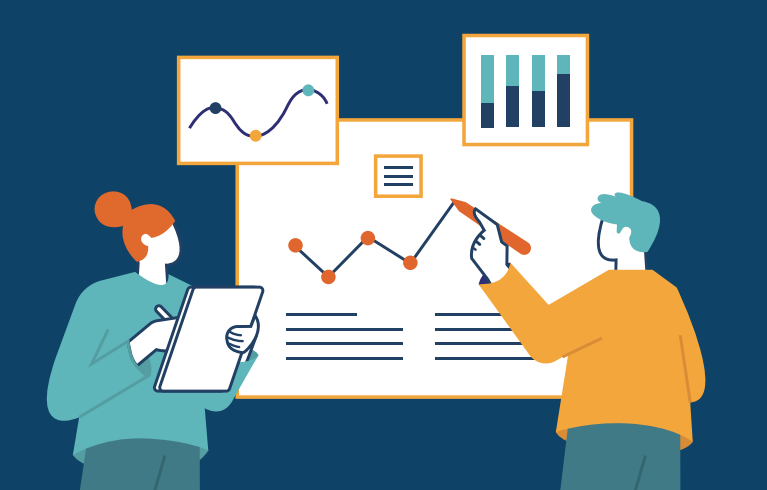Garbage in, garbage out, or GIGO as it’s often said. No where else does this ring more true than for data – in all its applications and use cases.
According to Gartner’s 2020 Magic Quadrant for Data Quality Solutions, marketers incur hard costs to their bottom line to the tune of $12.9 million+ each year due to poor quality data. And, as digitization continues to accelerate, and more and more data is available and collected, losses from poor quality data will only increase.
Most organizations utilize data from a number of sources; this can include both first and third-party data from data warehouses, lakes, cloud storage, and databases from CRM and marketing automation systems. However, data from disparate sources can be problematic if it isn’t uniform, leading to difficulties down the line for sales, marketing, and product development professionals. Data normalization, in its simplest definition, refers to the process of data cleansing; Cleaning up data and removing the noise and mistakes to ensure format consistency. For example, it’s very common for databases, especially those in CRM systems, to contain records that have different data formats. Let’s look at titles, for example. One record may say “Sr. Engineer”, while others may contain alternative titles – such as “Sr Engineer” (no period), “Senior Engineer”, or “Senoir Engineer” (typo intended). Normalizing the data cleans this up for future processing – such as using “Senior Engineer” consistently in the examples above. Normalization is the first step in the data hygiene process, and is absolutely critical to sales, marketing and product development efforts.
Standardization eBook Download

